Baekdamgyegok Valley (백담계곡)
16.6Km 2021-06-25
150, Baekdam-ro, Inje-gun, Gangwon-do
+82-33-801-0977
Baekdamgyegok Valley stretches over an eight kilometer section from Baekdamsa Temple to Yongdae-ri in Inje-gun. The valley has a road, but it is closed to general traffic. The valley is located within Seoraksan National Park. The stream running through the valley is wide and deep. The name of the valley comes from the claim that there are one hundred ('baek' in Korea) pools ('dam') of water along the valley. Baekdamgyegok Valley features clean water and lush forests.
Inje Hwangtae Village (인제 황태마을)
17.1Km 2024-03-15
307 Jinburyeong-ro, Buk-myeon, Inje-gun, Gangwon-do
+82-33-462-4805
Inje’s winter landscape is at its most picturesque at the Dried Pollack Deokjang, the area’s premier seasonal attraction, within Inje Hwangtae Village. Deokjang refers to the traditional racks used for air-drying fish. Here, pollack undergoes a natural freeze-drying process, alternating between the sharp cold and the mild winter sunlight, resulting in a chewy texture that is much loved. This process, coupled with the breathtaking view of the racks laden with fish against the snowy backdrop, is indeed one of winter’s unique offerings. As visitors explore the Deokjang, they can learn about the 33 meticulous steps that transform pollack from fresh catch to the dried delicacy that graces dining tables. Adjacent to the Deokjang, Maebawi is known for its "iron way," a rock climbing path ideal for beginners. However, in winter, it transforms into a challenging ice climbing site suited for experienced climbers.
Jinburyeong Heulli Village (진부령 흘리마을)
17.4Km 2025-01-17
185 Heulli-gil, Ganseong-eup, Goseong-gun, Gangwon-do
Jinburyeong Heulli Village, situated near Jinburyeong Pass, is known for its long winters, lasting up for half a year. As a result, the village cultivates highland crops such as chicory and bell peppers and operates pollack-drying fields. Visitors can purchase locally produced wild vegetables, corn, potatoes, medicinal herbs, and honey, or participate in a bell pepper-picking experience. The village is also popular for its local dishes, especially those featuring chicken.
Goseong Wanggok Village (고성왕곡마을)
17.5Km 2024-12-10
Goseong Wanggok Village is a traditional village located about 1.5 kilometers away from the East Sea. Its secluded location nestled among five hills has allowed the village to retain its appearance and tradition for a long time. Because of its geographic features, the village was also protected from disasters like wars and mountain wildfires, allowing the area to preserve its form. Wanggok Village’s origins are said to date back to the 14th century, when it was first settled as a clan village and survived for over nearly 600 years. The entire village has preserved its original appearance and is recognized for its historical and academic value. Here, visitors can observe traditional northern-style houses, clusters of thatched houses, and a gateless yard. Some traditional hanok buildings offer accommodations as well, accepting visitors to stay overnight through online reservations.
Baekdam Soft Bean Curd (백담순두부)
17.7Km 2024-03-15
19 Baekdam-ro, Buk-myeon, Inje-gun, Gangwon-do
This restaurant is a showcase for Inje’s celebrated culinary offering: Grilled Dried Pollack. The pollack is prepared through a natural drying process in the brisk winter winds, which gives it a salty flavor and a satisfying chewy texture. This makes it a popular choice as both an accompaniment to drinks and as a side dish on Korean dining tables. Here, it is grilled to perfection with a coating of red pepper paste, offering a flavorful experience with a reduced fishy smell and a delightful sweet and tangy taste. Also featured on the menu are the Soft Bean Curd Set Menu and the Wild Vegetable Bibimbap. The soft and warm bean curd, along with bibimbap—a harmonious mix of freshly-grown wild vegetables from Gangwon State topped with spicy red pepper paste—each provide a nutritious wholesome meal.
Seolhaeone (설해원)
18.1Km 2025-10-23
230 Gonghang-ro, Sonyang-myeon, Yangyang-gun, Gangwon-do
+82-33-670-7700
Seolhaeone is a luxury resort complex sitting behind Yangyang International Airport. Equipped with a golf course, premium accommodation facilities, hot spring saunas, and other facilities, this resort was created with the vision of offering visitors rest and healing moments in the Seorak area. The name Seolhaeone means a garden of rest embracing Seoraksan Mountain and the East Sea. The resort lives up to its name, as it faces Yangyang's Dongho Beach to the east and has the foot of Seoraksan Mountain to the west. The resort has a golf course, which was designated as one of the 10 major golf courses in Korea. Various types of guest rooms such as Mountain Stay, Seolhae Hot Spring, and Golftel are available. All guest rooms offer a view of the golf course, and some have views of Seoraksan Mountain and the East Sea. Mountain Stay is a premium duplex villa consisting of seven types of villas, including the Pool Suite with a pool; and the Spa Suite allowing guests to enjoy the hinoki cypress-scented sauna. The Seolhae Hot Spring condominium features 10 different guestroom designs, including the Family Pool Suite, with hot spring water supplied to each room. There are various additional facilities within the resort. You can use the clubhouse restaurant, which serves unique seasonal dishes; Seolhae Dulle Trail where you can take a walk while enjoying the pine aroma; and the hot spring sauna to relieve fatigue.
Gonghyeonjin1-rihaebyeon Beach (공현진1리해변)
18.4Km 2025-10-23
Gonghyeonjin1-ri, Jugwang-myeon, Goseong-gun, Gangwon-do
Gonghyeonjin1-rihaebyeon Beach is located by a small fishing village along National Road 7. The wide sandy beach is clean and the slope is shallow, making it a great place to play in the water. The nearby Gonhyeonjin Port is lined with restaurants selling fresh seafood. The quiet, fishing village vibe makes this a popular summer vacation destination for families.
Yangyang Dongho Beach (동호해변(양양))
19.0Km 2025-01-17
141-26, Dongho-ri, Yangyang-gun, Gangwon-do
+82-33-670-2787
This relatively small beach is located in Yangyang-gun, Gangwon-do. It is 500 meters in length and 55 meters in x_width, and has an average depth of 1.2 meters. The beach is particularly known for its soft and fine sand, often considered to be the best on the east coast. Despite its excellent scenery and clear water, the beach is relatively obscure and peaceful. It is only open during the daytime between July and August. The pine trees surrounding the beach are protected areas, and visitors are prohibited from entering. Surfing is another draw of the beach, and the surf shop offers lessons and equipment rentals. Scuba diving is also available on site. An interesting insight into the folk tradition is “anchovy flinging,” a traditional method of catching anchovies that involve about 70 people working together to pull a big net from the sea to land. This experience is offered free of charge during the opening of the beach, and requires payment for periods outside the vacation season. Prior reservation is required through the official website. The beach enjoys excellent access from Yangyang International Airport and a 20-min ride from Yangyang city center. Dongho-ri Beach Campground, Seoraksan Mountain, and Osaek District can be found nearby.
Cheongbo Hoetjip (청보횟집)
19.0Km 2024-03-18
95-3 Gonghyeonjinhaebyeon-gil, Jugwang-myeon, Goseong-gun, Gangwon-do
Cheongbo Hoetjip, located on the coastal trail next to Goseong’s Gonghyeonjin Beach, specializes in wild-caught hwareo hoe (sliced raw fish). The first floor houses the fish tanks and kitchen, while the second floor serves as the dining area. The seafood, caught by the restaurant's owner, guarantees unparalleled freshness. Recommended dishes include hwareo hoe, mul hoe (cold raw fish soup), and maeuntang (spicy fish stew). Additionally, guests can enjoy their meals with a stunning sea view.
Stay Gajin (스테이가진)
20.0Km 2024-12-13
168 , Gajinhaebyeon-gil, Goseong-gun, Gangwon-do
+82-33-631-5455
On Gajin Beach Road in Goseong-gun, Gangwon-do, Stay Gajin is a pension where all rooms overlook the East Sea. At night, you can listen to the sound of the waves, and in the morning, you can see the magnificent sunrise over the East Sea. The first floor has one room that can accommodate up to four guests, the second floor has four rooms that can accommodate two guests, and the third floor has the most popular two-story rooms. Every room is equipped with a kitchen where guests may cook and a bathtub where they may enjoy a lower-body bath. Across the street is a small beach that can be used privately.
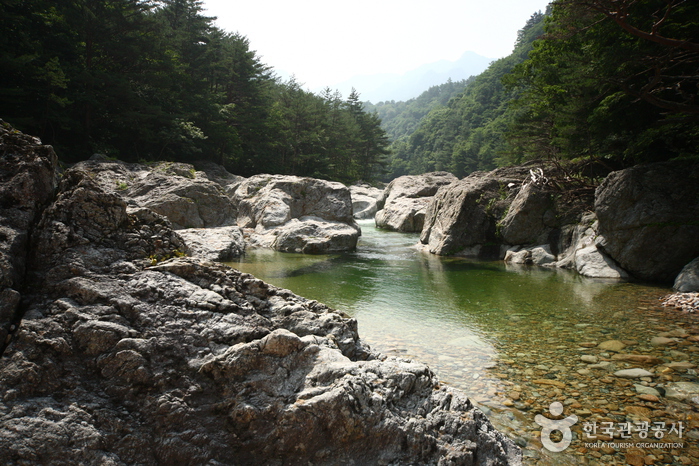

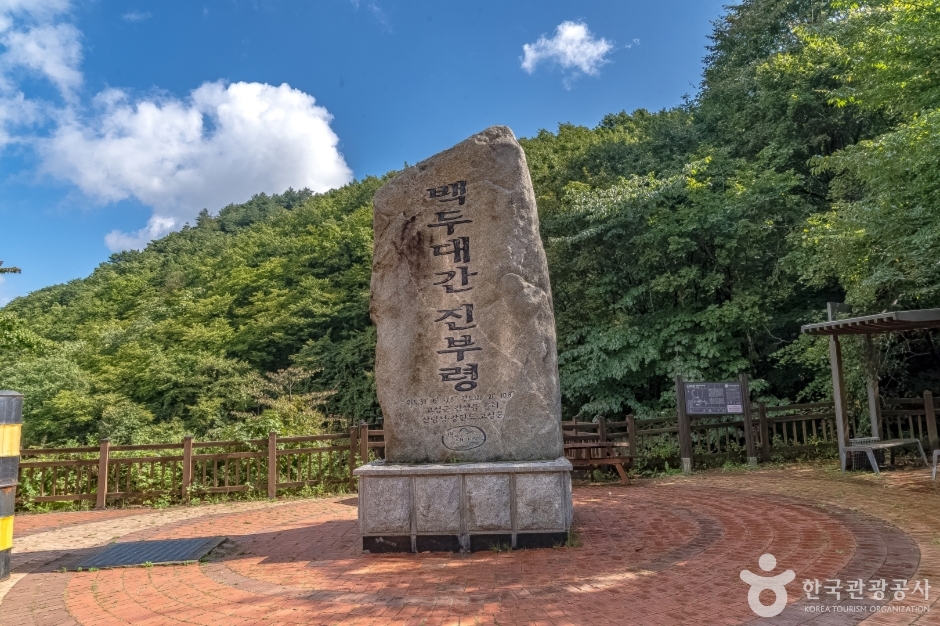
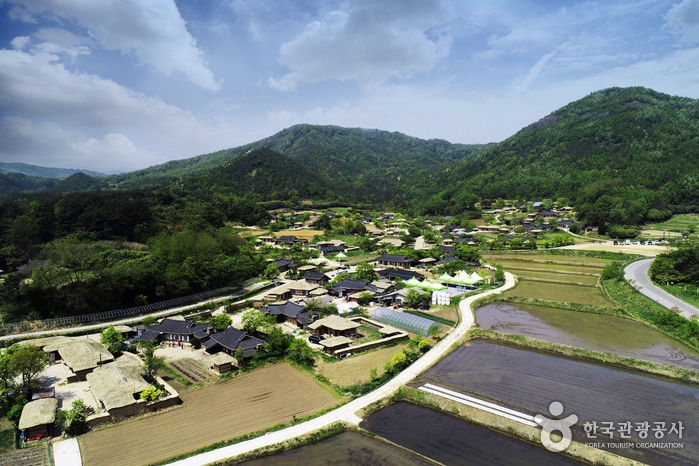
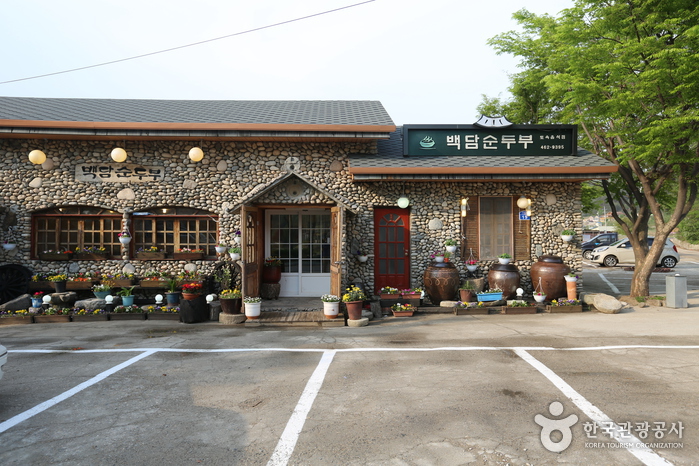
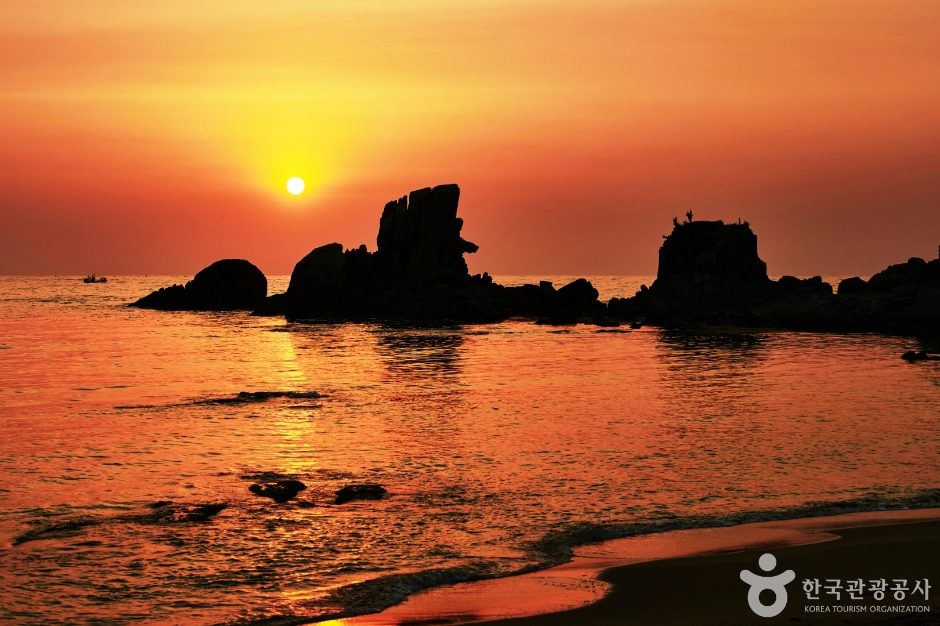
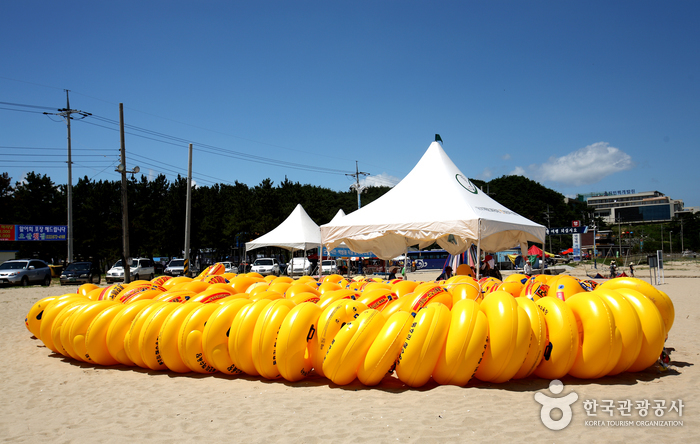
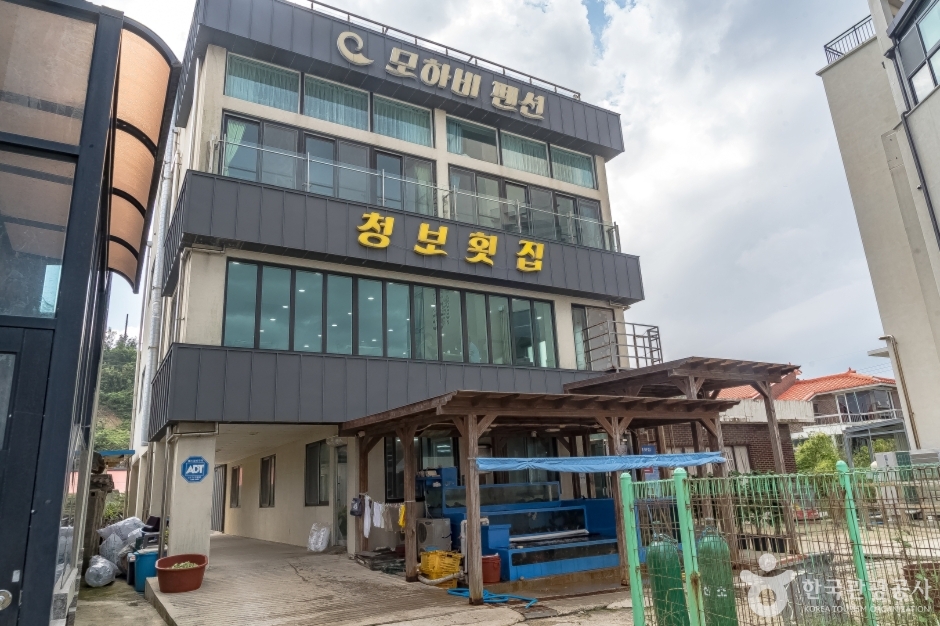
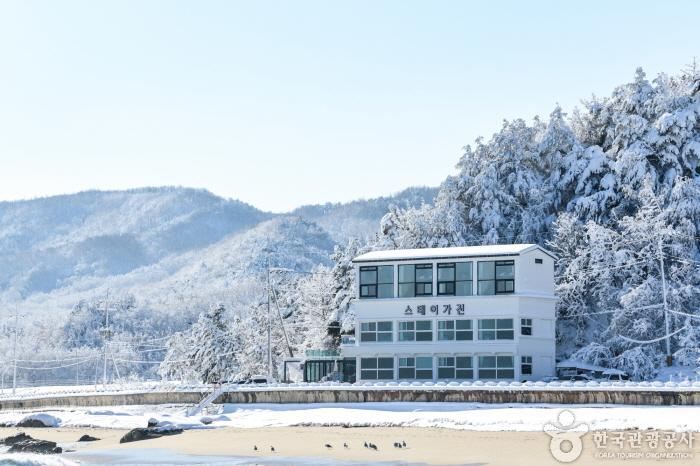
 English
English
 한국어
한국어 日本語
日本語 中文(简体)
中文(简体) Deutsch
Deutsch Français
Français Español
Español Русский
Русский